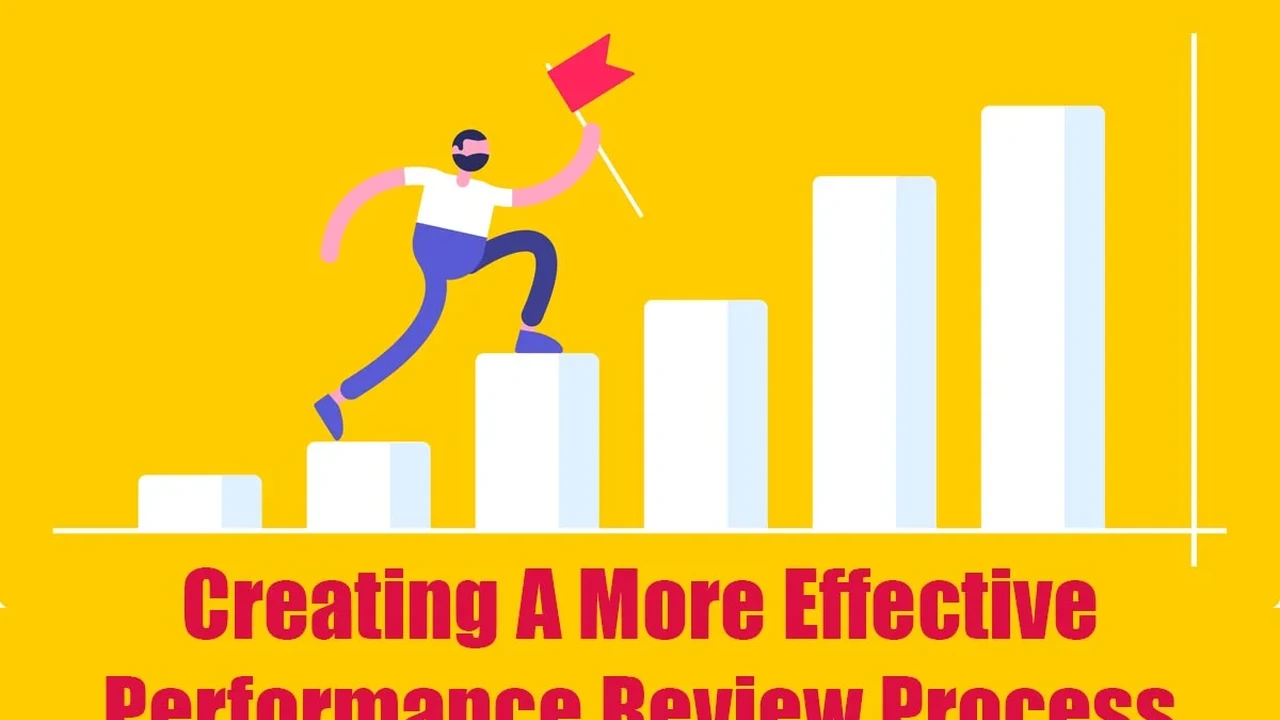Effective Communication for Workplace Success
Improve your communication skills to foster better relationships and achieve greater success at work.

Effective Communication for Workplace Success
Understanding the Core of Workplace Communication
Hey there! Let's talk about something super important for your career: communication. It's not just about talking; it's about truly connecting, understanding, and being understood. In any workplace, whether you're in a bustling office in New York or a remote team scattered across Southeast Asia, effective communication is the secret sauce for success. Think about it: every project, every team effort, every promotion hinges on how well people communicate. When communication flows smoothly, tasks get done faster, misunderstandings shrink, and everyone feels more engaged. But when it's clunky, things can grind to a halt, leading to frustration and missed opportunities. So, how do we get better at it? Let's dive in.
The Power of Active Listening for Better Relationships
First up, let's tackle listening. Yeah, I know, it sounds simple, but active listening is a superpower. It's not just waiting for your turn to speak; it's about fully concentrating on what the other person is saying, both verbally and non-verbally. When you actively listen, you're showing respect, building trust, and gathering crucial information. This helps you avoid misinterpretations and respond thoughtfully, rather than just reacting. Imagine you're in a meeting, and someone is explaining a complex idea. Instead of formulating your rebuttal, try to truly grasp their perspective. Ask clarifying questions like, 'So, if I understand correctly, you're suggesting X because of Y?' This not only helps you, but it also makes the speaker feel heard and valued. It's a game-changer for fostering better relationships with colleagues and clients alike.
Mastering Verbal Communication Clarity and Impact
Now, let's flip the coin to verbal communication. This is where you get your message across. The key here is clarity and impact. You want to be concise, direct, and easy to understand. Avoid jargon unless you're absolutely sure everyone in the room knows what you're talking about. Think about your audience: are you talking to your boss, a new intern, or a client? Tailor your language accordingly. For instance, when giving a presentation, structure your thoughts logically, use clear transitions, and emphasize key points. Practice makes perfect here. Try recording yourself or rehearsing with a friend. The goal is to convey your ideas in a way that leaves no room for confusion and makes a lasting impression.
Nonverbal Cues The Unspoken Language of the Workplace
Don't forget the silent signals! Nonverbal communication – your body language, facial expressions, and even your tone of voice – speaks volumes. A confident posture, direct eye contact (but not staring!), and appropriate gestures can reinforce your verbal message. Conversely, slouching, avoiding eye contact, or fidgeting can undermine your credibility. In virtual meetings, pay attention to your background, lighting, and how you appear on camera. A warm smile and an open posture can make you seem more approachable and trustworthy. Being aware of your own nonverbal cues and learning to read others' can significantly enhance your communication effectiveness.
Written Communication Crafting Professional Messages
In today's digital world, written communication is paramount. Emails, instant messages, reports, and proposals are daily occurrences. The rules here are similar to verbal communication: be clear, concise, and professional. Proofread everything! A typo-ridden email can make you look careless. Structure your written messages logically, using headings, bullet points, and short paragraphs to improve readability. For important communications, consider using a tool like Grammarly or Hemingway Editor to refine your writing. These tools can catch grammatical errors, suggest clearer phrasing, and even help you maintain a consistent tone. For example, Grammarly (Free basic version, Premium from $12/month) is fantastic for general grammar and style checks, while Hemingway Editor (Free online, Desktop app $19.99) focuses on making your writing bold and clear. Both are super useful for ensuring your written messages are polished and impactful.
Feedback Loops Building a Culture of Openness
Communication isn't a one-way street; it's a continuous loop. Giving and receiving feedback is crucial for growth and improvement. When giving feedback, be specific, constructive, and focus on the behavior, not the person. Use 'I' statements, like 'I noticed that X happened, and I think Y could be improved by Z.' When receiving feedback, listen actively, ask clarifying questions, and avoid getting defensive. See it as an opportunity to learn and grow. Tools like 15Five (starts at $7/user/month) or Culture Amp (pricing upon request) are designed to facilitate regular feedback and performance reviews, making it easier to build a culture where open communication thrives. These platforms provide structured ways to give and receive feedback, track goals, and conduct pulse surveys, ensuring that communication is a continuous dialogue, not just an annual event.
Navigating Difficult Conversations with Grace
Let's be real, not all conversations are easy. Sometimes you have to deliver bad news, address a conflict, or provide critical feedback. The key is to approach these conversations with empathy, respect, and a clear objective. Plan what you want to say, stick to the facts, and focus on finding a solution. Choose the right time and place – a private setting is usually best. Practice active listening and be prepared for emotional responses. Remember, the goal isn't to win an argument, but to resolve an issue and maintain a professional relationship. Sometimes, having a third-party mediator or using a structured approach like the DESC (Describe, Express, Specify, Consequence) model can be helpful.
Cross Cultural Communication Bridging Divides
Working in diverse teams, especially across the US and Southeast Asia, means you'll encounter different communication styles. What's polite in one culture might be considered rude in another. For example, directness is often valued in Western cultures, while indirect communication might be preferred in some Asian cultures to maintain harmony. Be aware of these differences. Do your homework, ask questions, and be open to adapting your style. Patience and empathy are your best friends here. Learning a few basic phrases in another language can also go a long way in building rapport. Tools like Google Translate (Free) or DeepL (Free basic, Pro from $8.74/month) can be incredibly useful for quick translations, but remember that cultural nuances often go beyond literal translation. For more in-depth understanding, consider cultural intelligence training or resources like Hofstede Insights (free resources available, paid reports) which provide frameworks for understanding cultural dimensions.
Leveraging Technology for Enhanced Communication
Technology has revolutionized workplace communication. We've got a plethora of tools at our fingertips, but using them effectively is key. For instant messaging and quick team chats, Slack (Free basic, Pro from $7.25/user/month) and Microsoft Teams (Free basic, Business Basic from $6/user/month) are industry standards. They allow for quick information sharing, channel-based discussions, and integration with other apps. For video conferencing, Zoom (Free basic, Pro from $149.90/year) and Google Meet (Free basic, Business Standard from $12/user/month) are excellent for face-to-face interactions, even when you're miles apart. For project management and collaborative document sharing, tools like Asana (Free basic, Premium from $10.99/user/month) or Trello (Free basic, Standard from $5/user/month) help keep everyone on the same page and track progress transparently. When choosing a tool, consider your team's needs, budget, and how it integrates with your existing workflows. The goal is to streamline communication, not complicate it.
Continuous Improvement Your Communication Journey
Improving your communication skills isn't a one-time fix; it's an ongoing journey. The workplace is constantly evolving, and so should your communication strategies. Seek out opportunities to practice, ask for feedback, and reflect on your interactions. Read books, take online courses, or even join a public speaking club like Toastmasters. The more you invest in honing these skills, the more successful you'll be in building strong relationships, leading effective teams, and ultimately, accelerating your career. So, keep practicing, keep learning, and keep connecting!
:max_bytes(150000):strip_icc()/277019-baked-pork-chops-with-cream-of-mushroom-soup-DDMFS-beauty-4x3-BG-7505-5762b731cf30447d9cbbbbbf387beafa.jpg)






